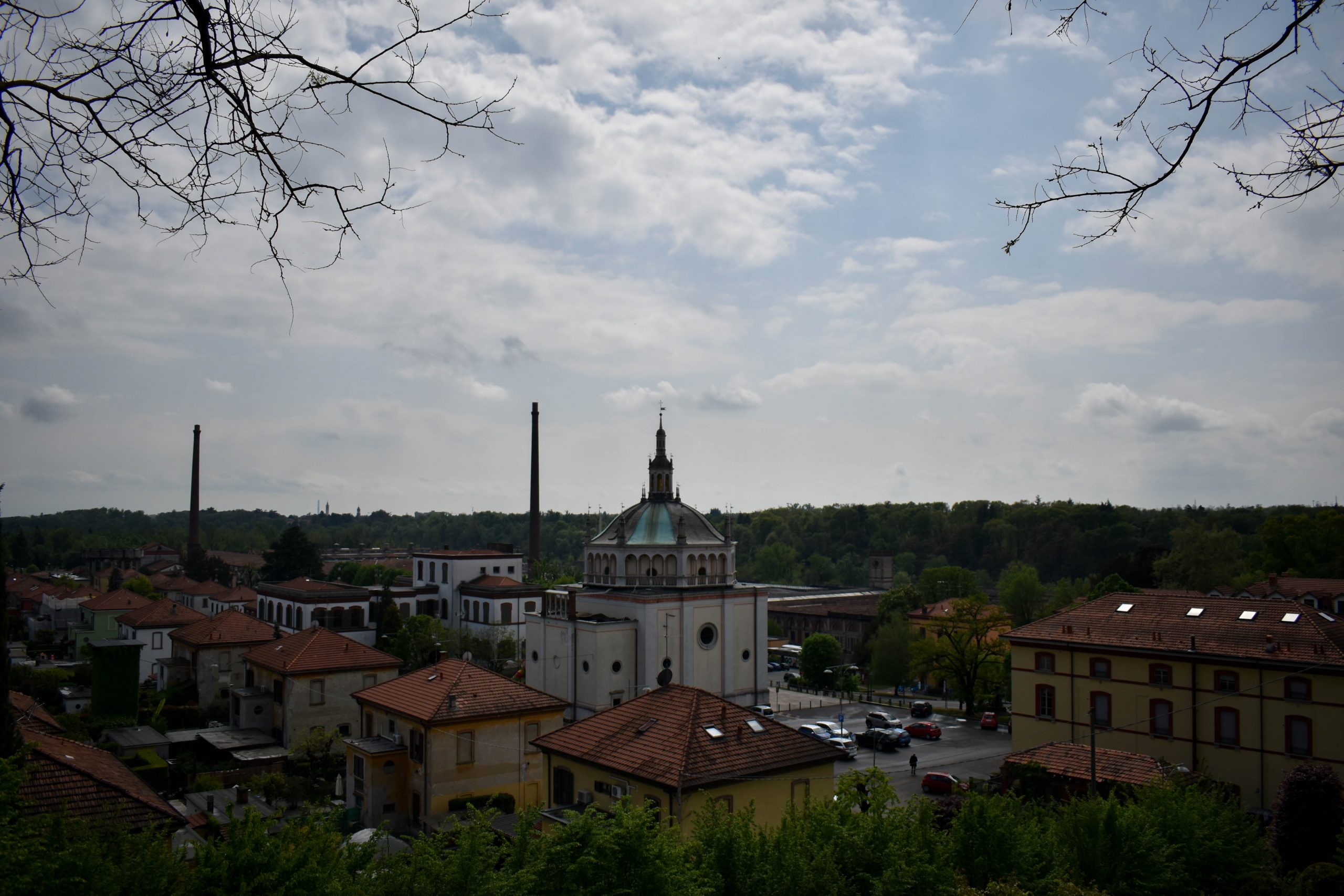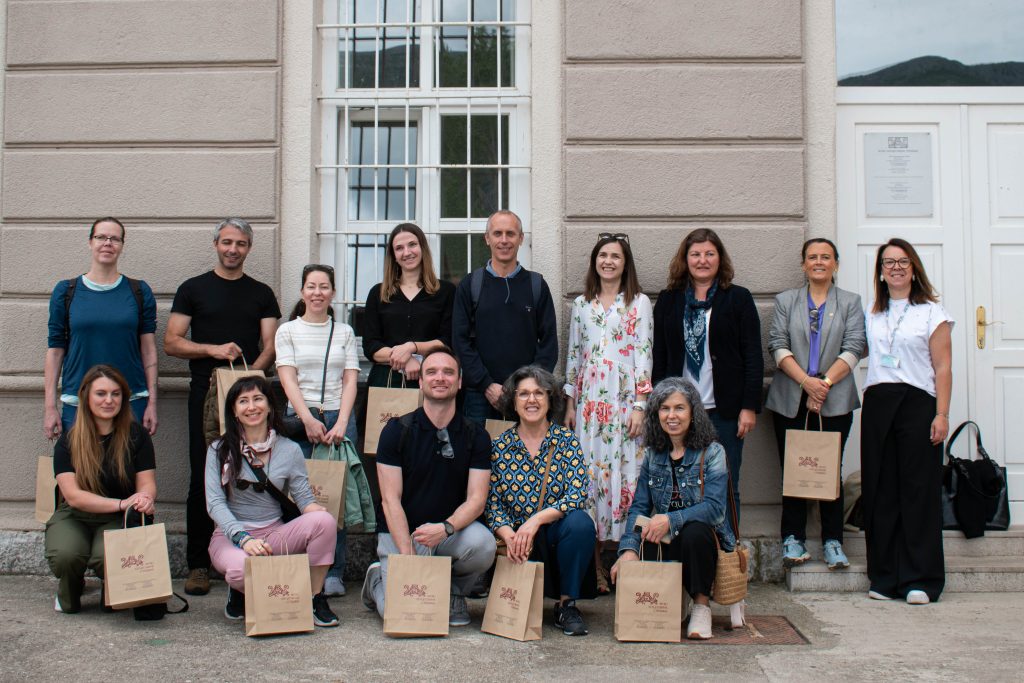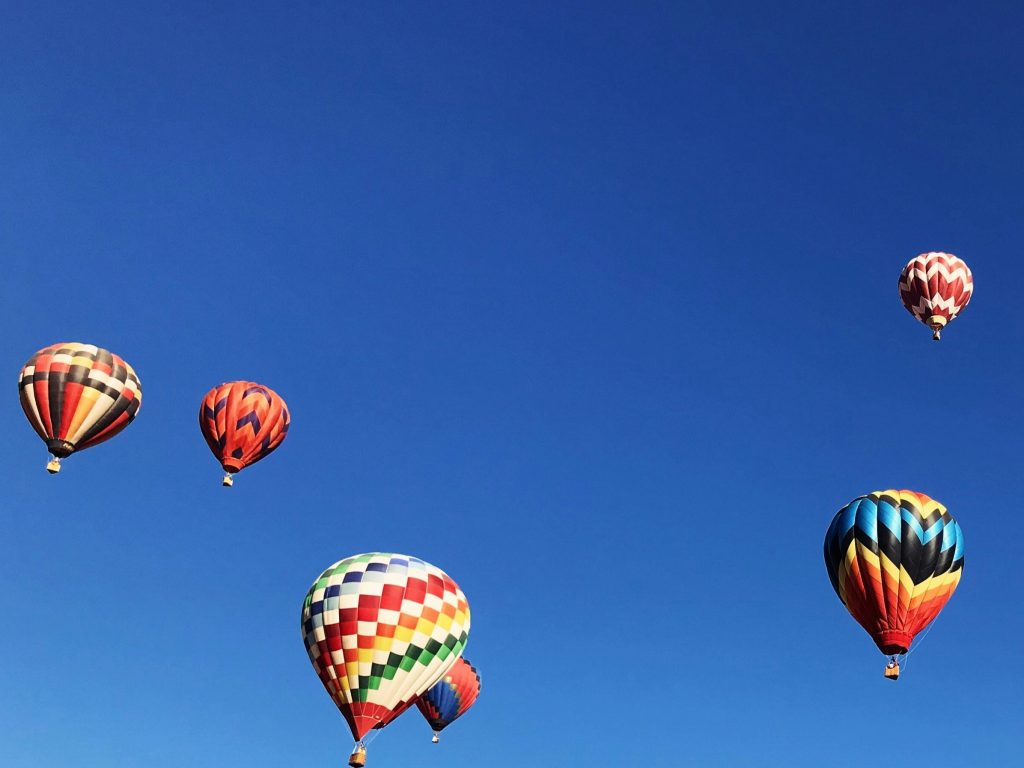Published on 14 Oct 2022
Crespi d’Adda is the best-preserved company town in Southern Europe. Is a small village in Northern Italy, south of Bergamo. Is part of the UNESCO World Heritage List. But most of all it is a dream built in stone, steam, sweat and work.
Second half of the XIX Century. The wind of the industrial revolution that has been blowing across Europe for almost 100 years finally reached Italy. Entrepreneurs from the peninsula look at the neighbouring countries of France and Germany, where the process of industrialisation is already consolidated. There is no time to waste. New factories were built in the outskirts of towns or in rural areas, shaping the surrounding territories in a way that is now familiar to us “We are sons of the industrial revolution, more than prehistoric times” says Giorgio Ravasio, president of the Crespi d’Adda association.
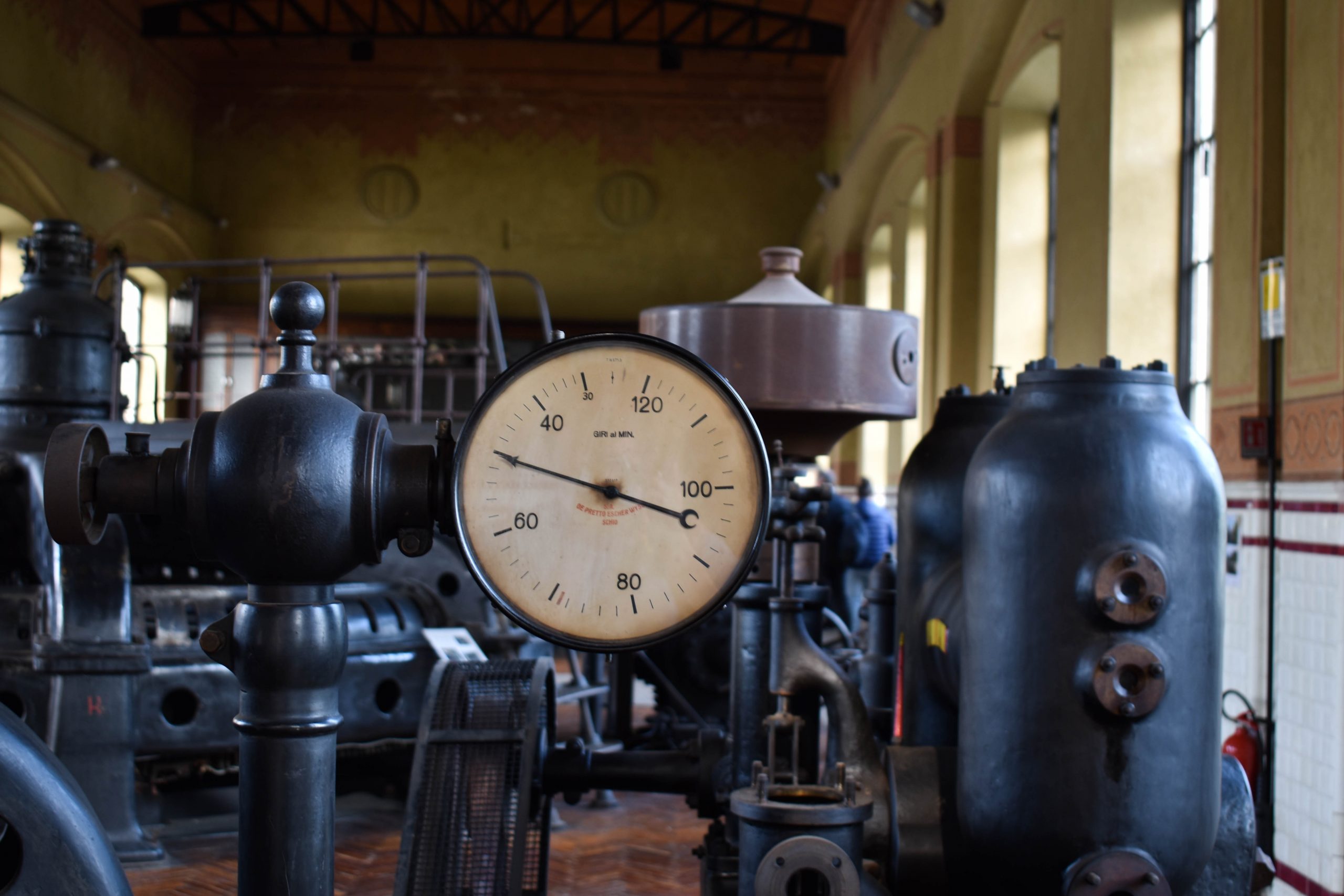
Factories arose in different locations according to their need. Textile factories, for example, needed the power of water to activate their weaving machines. Chasing rivers, this kind of industries arise in rural areas and woodlands. Often far away from towns and villages. Where should the workers live, then? A factory without workers is useless. Therefore, entrepreneurs began building small villages around their factories.
Houses for the workers, a place to buy food, somewhere to have a drink after the never-ending working shift… the phenomenon of company towns that was already established in countries like the UK, Germany and France flourished also in Italy.
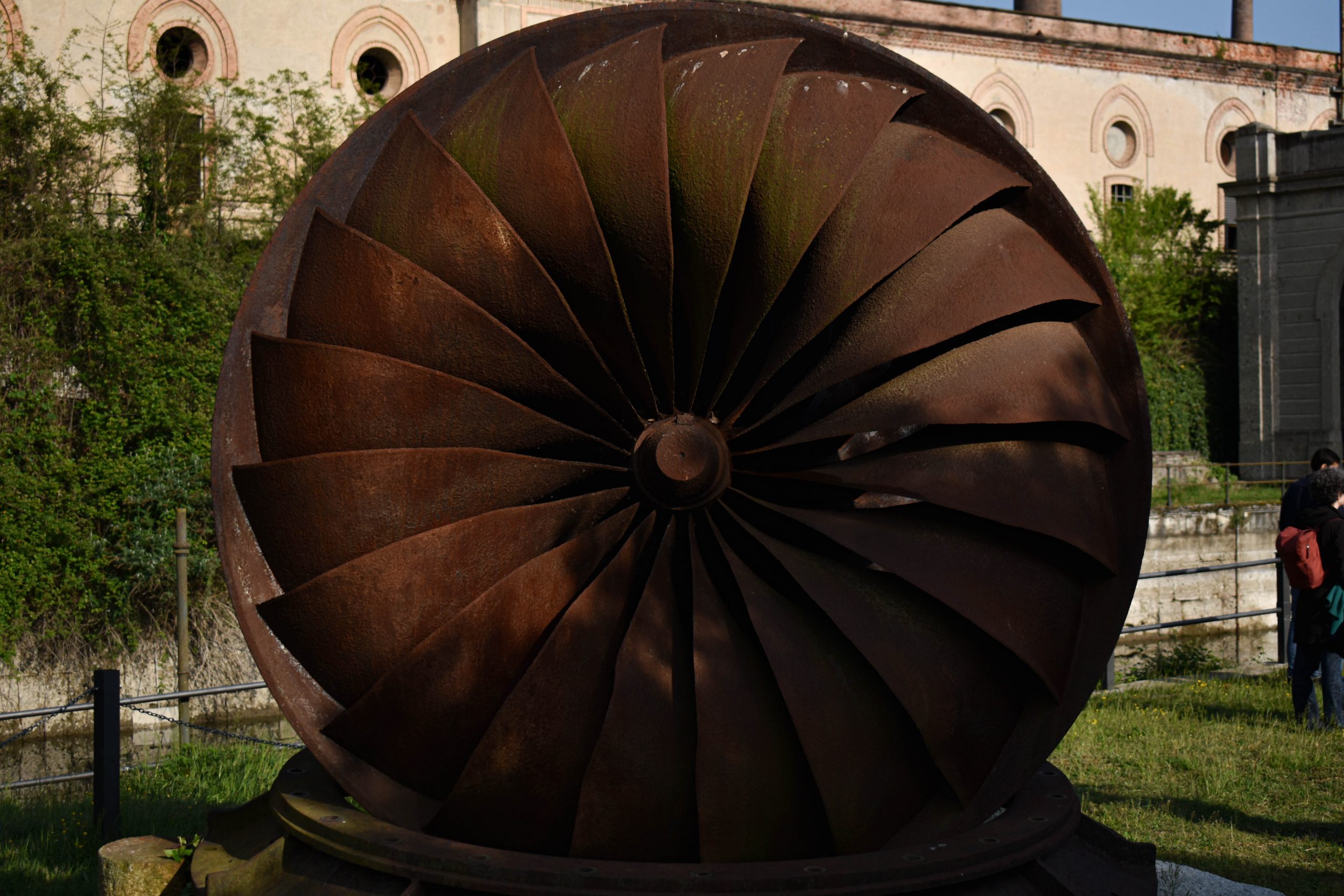
Crespi d’Adda is one of the many European company towns that was build in the XIX Century together with the cotton mill along the Adda river. On one hand, Crespi d’Adda has all the characteristics of a typical company town. Like the central position of the factory and a well- defined geometric structure with parallel roads. On the other hand, Crespi d’Adda also have unique characteristics such as the English- style workers’ houses, the school and even a castle!
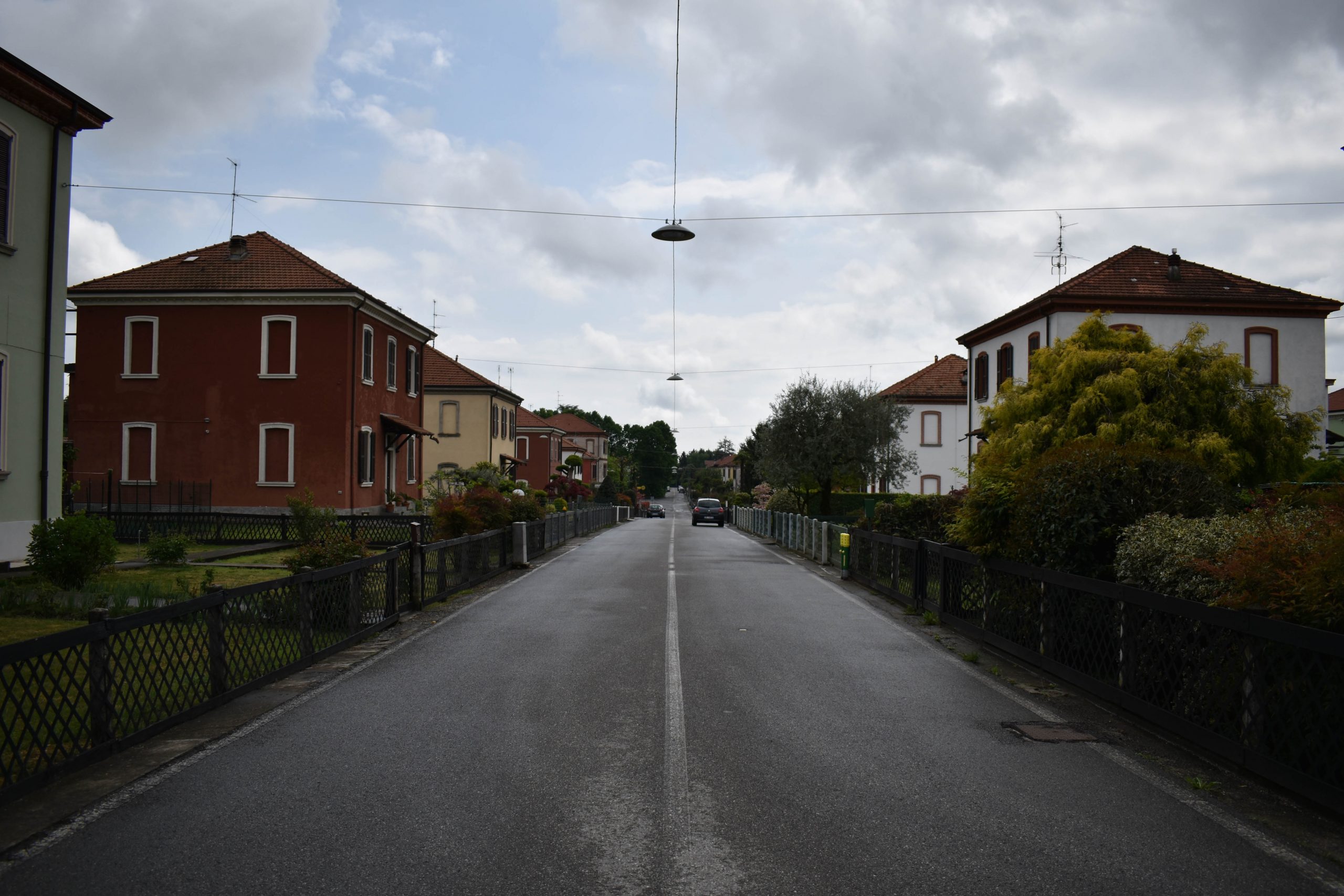
Crespi d’Adda isn’t only a company town. It is a dream passed down from father to son until the final epilogue and the new beginning. Cristoforo Benigno Crespi founded the village of Crespi d’Adda in 1878 when he was 44. He was an entrepreneur from Busto Arsizio, a small town in Northern Italy. He came from a family of tengitt, dyers, and has always worked in the textile industry.
It is no surprise that he decided to build his own textile factory near the village of Capriate San Gervasio, south of Bergamo. When Cristoforo Benigno Crespi bought the land to build his factory there was nothing than trees. He built the factory and the village almost simultaneously, following the project he created together with his son Silvio.
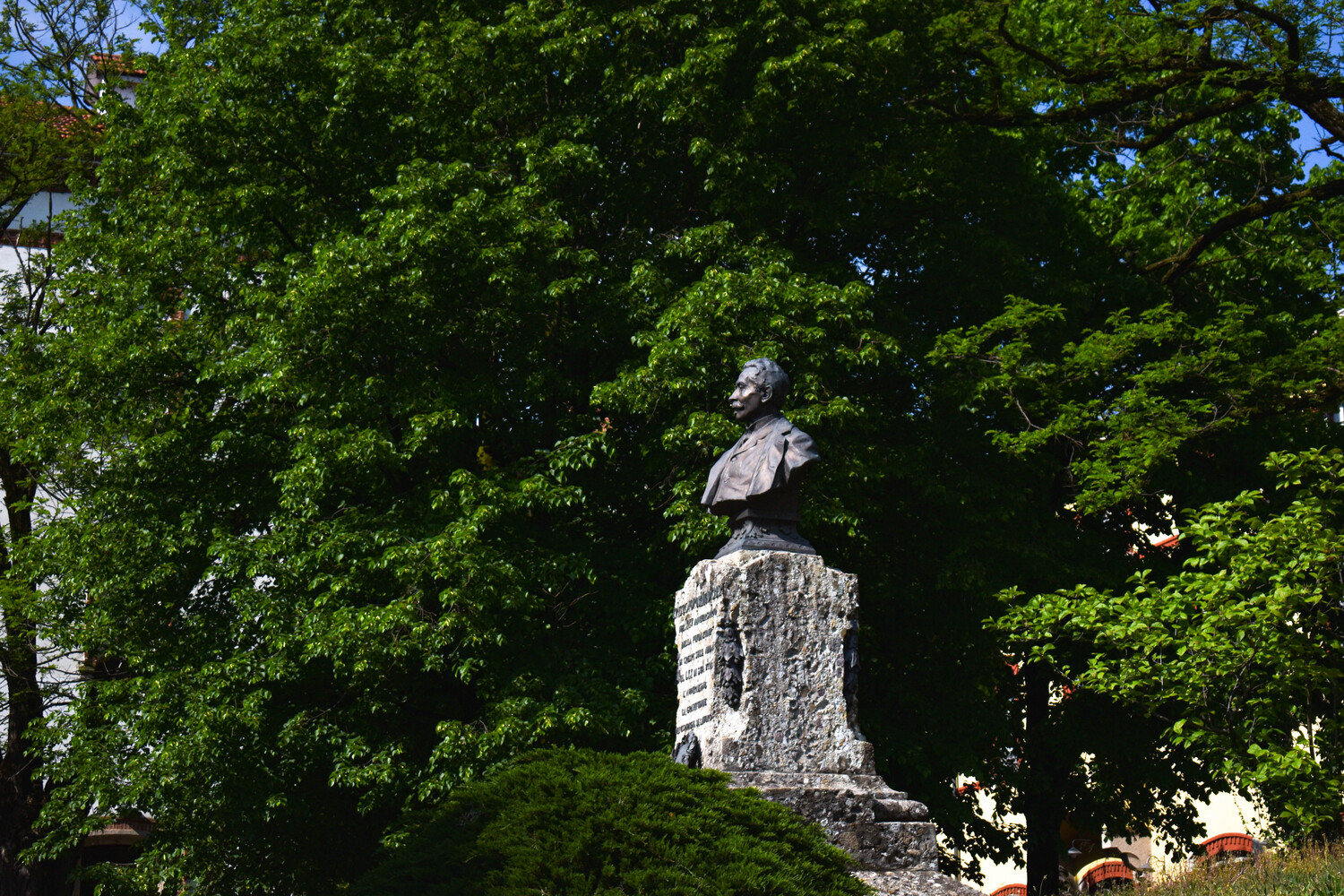
The first houses built for the workers are the three big, squared buildings visitors can see when they enter the village. They are called palasöč in the local language, and they can host up to 20 families. However, no more palasöč were built in Crespi d’Adda after these three.
When Silvio Crespi, the son of Cristoforo Benigno, comes back from the UK where he studied the structure and functioning of British factories he convinced his father to change his project. Silvio studied the socio-economic situation of workers in the UK and saw the revolts in Manchester. The big houses were a mistake and must be avoided for two reasons. The first is that workers come from the countryside. They are used to have a close contact with land and nature and cannot be eradicated without being damaged. The second reason is that if people live close to each other, with plenty of shared space, they may build a community, talk to each other and organise in groups.
Therefore, worker’s houses in Crespi d’Adda are small houses with a private garden. Isolated from each other by fences. All workers’ houses look the same. A single model obsessively repeated over and over. A metaphor of the work in the factory. The same job, day after day.
Nowadays there are grass and flowers everywhere, but back in the end of the XIX Century people grew vegetables and kept chicken in their gardens. After their shift in the factory during the week and on Sundays, workers took care of their gardens under the watchful eye of the Crespi’s. Not only people preserved their bond with the earth, and added fresh vegetables to their diet, but they were also kept busy during their free time.
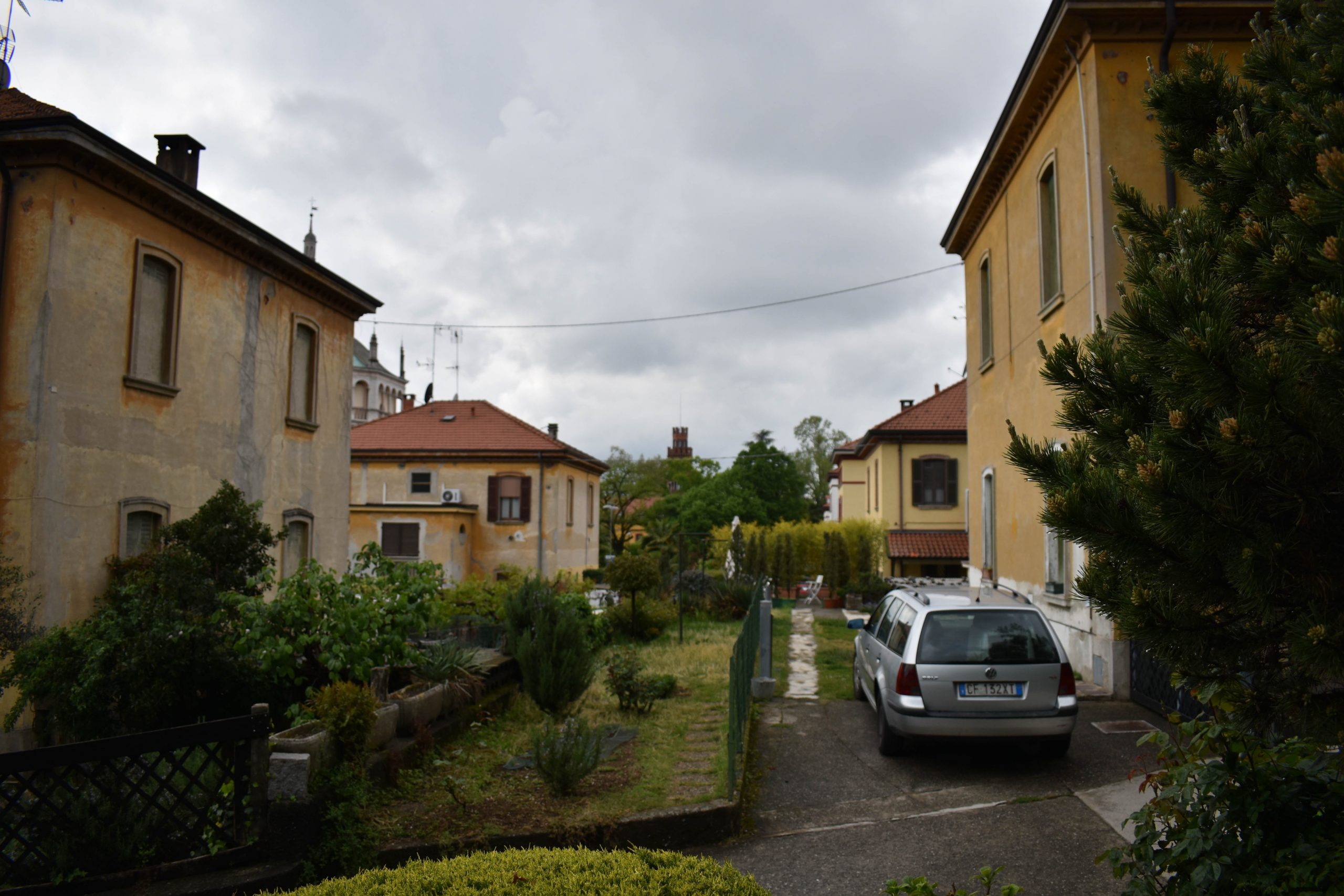
To find something different you should look at the foremen and executive’s houses, built slightly far from the workers ones and much bigger. These houses are all different and isolated from each other. Foremen and executives’ work is less repetitive, and it shows in the architecture of their houses.
On top of the hill above the village there are two special houses. The doctor and the priest’s ones. From the hill, they observe and protect Crespi d’Adda taking care for the physical and spiritual wellbeing of its people.
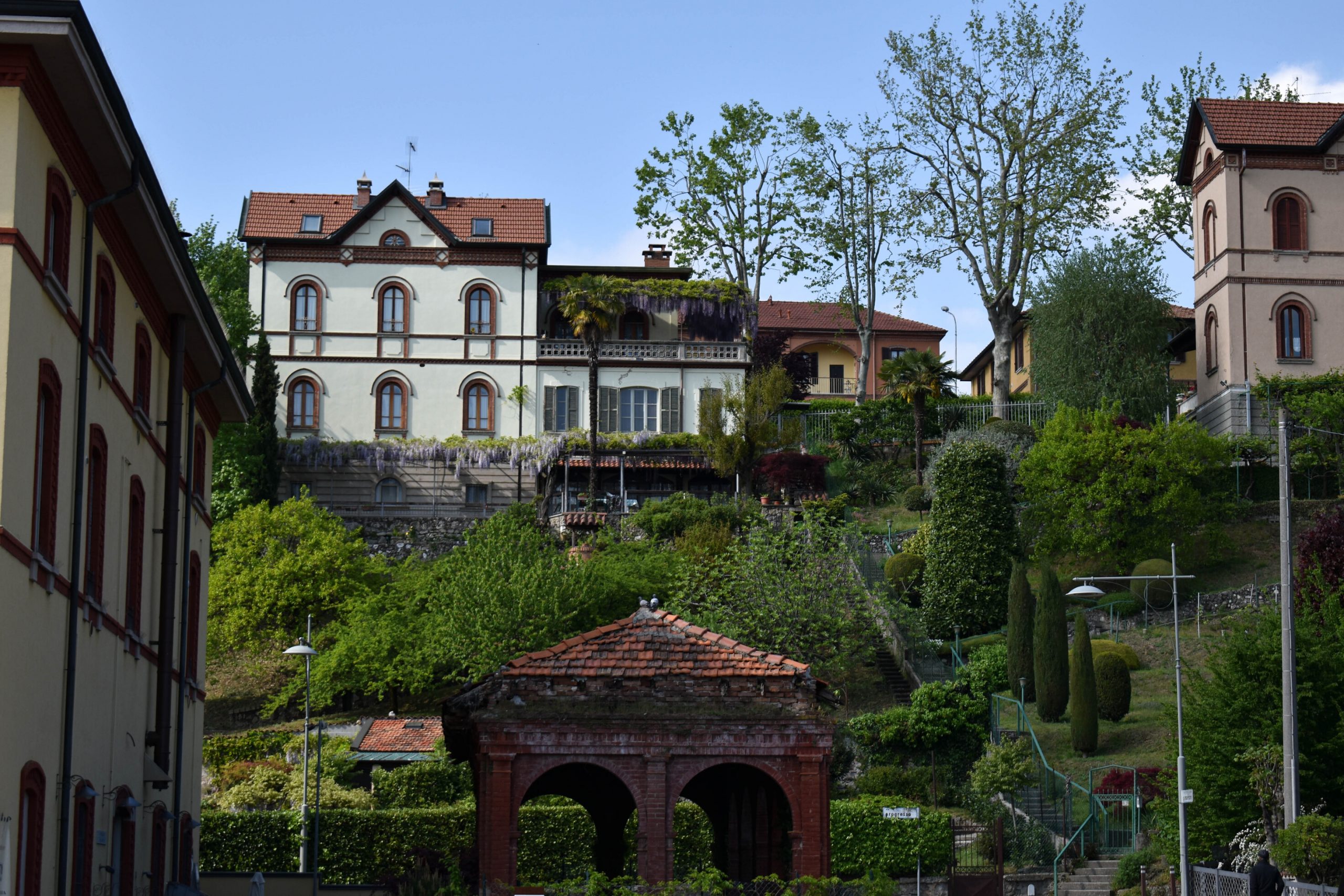
But the true special buildings in Crespi d’Adda are two: the Crespi’s summer residence and, of course, the cotton mill. Crespi’s house is fabulous. It mimics a medieval castle, slightly far from the rest of the village yet visible from every corner of Crespi d’Adda. Like a father watching his children.

Despite the magnificence of Crespi’s castle, the building whose presence pervades the whole village is the factory. With its 30 meters tall chimneys, its red gates and its huge sheds the factory is omnipresent in the life of Crespi d’Adda.
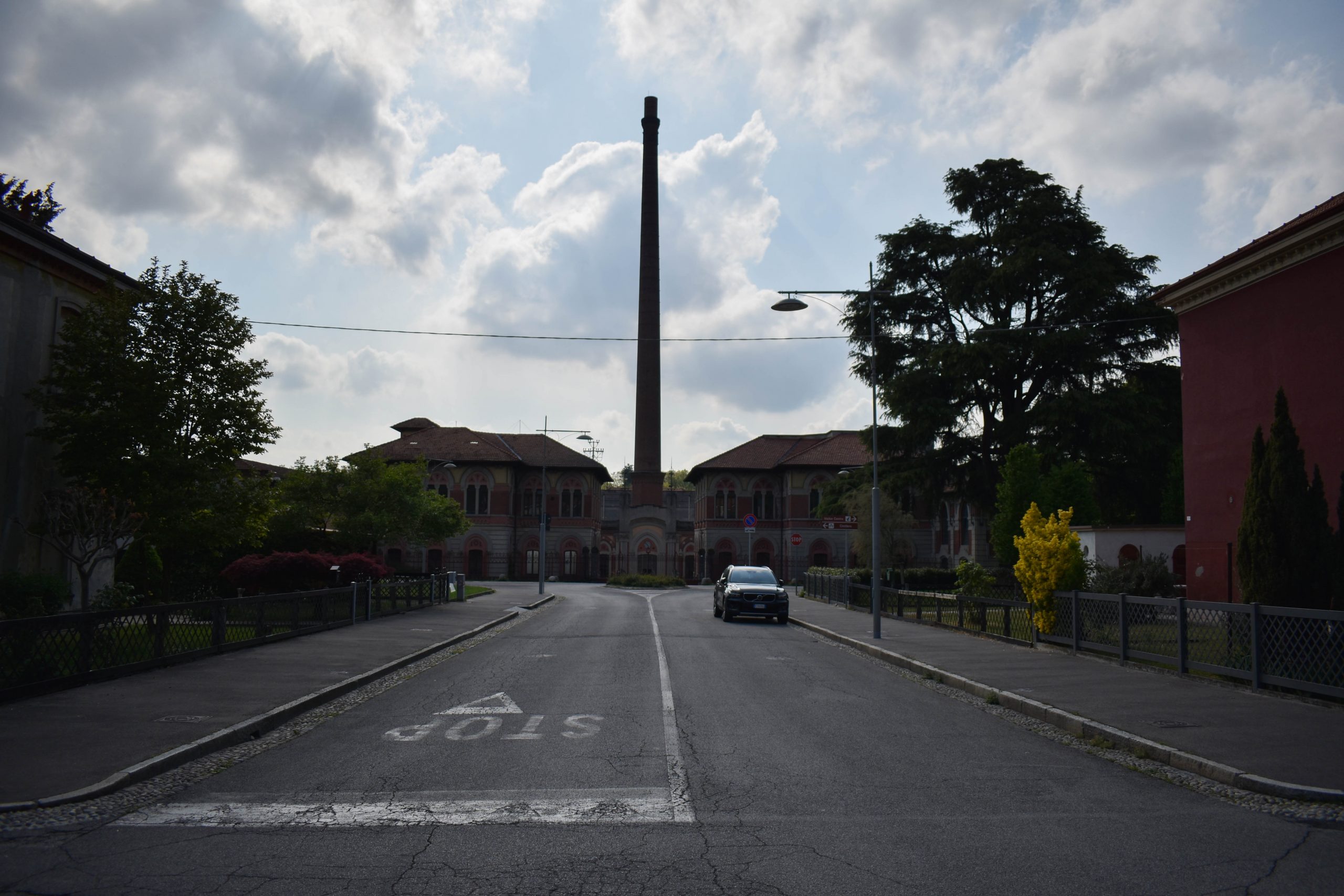
As an allegory of life, the main road that from the entrance of the town leads to the gates of the factory and, after a long straight path, it ends in front of the cemetery gates. A place where we all are going to end up one day. Even in the afterlife the rigid structure of the society is preserved. The giant mausoleum of the Crespi’s family is shaped like a ziggurat and it is surrounded by an anonymous field of stone crosses. The tombs of those who lived, worked, and died for the factory.
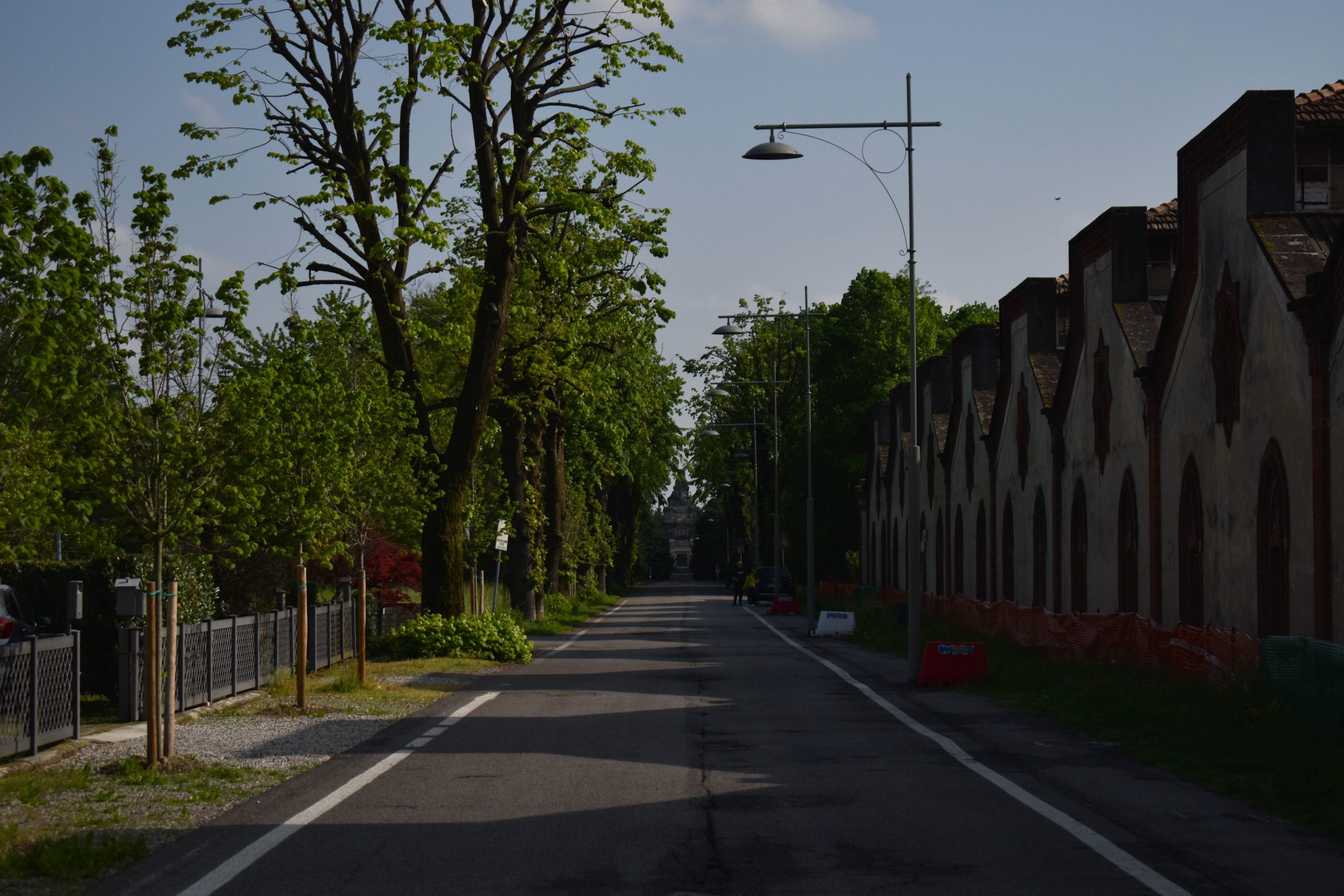
To our modern sensibility, the idea that children from the age of 9 were employed as workers in the cotton mill is terrible. However, the life in Crespi d’Adda was much better than in similar towns at that time. The Crespi’s guaranteed a minimum level of education to all kids. They offered free kindergarten and elementary school to all the workers’ children. “Our parents never paid for our education” remembers one of the elderlies of Crespi d’Adda “In five years of school, my parents never bought a single notebook for me or my siblings. Crespi paid for everything.”
Cristoforo Benigno Crespi and his son Silvio created their ideal town. A utopia made of lights and shadows, in which life and death both depends on the factory. An unbreakable bond between men and work.
However, every dream eventually comes to an end. With the economic crisis, by the end of the 20s Silvio Crespi had to give up the factory and the town. The factory was bought by the STI- the Italian Textile Society, while the town was privatized. Later, Silvio tried to buy back at least the village but without success.
In the meanwhile, fascism arose. The fascist party requisitioned Crespi d’Adda and changed its name in Tessilia, the textile town. During the fascist regime the terracotta decorations were removed from houses and public buildings, and the workers’ houses were painted in green, white and red. The same colours that are visible today.
If all dreams come to an end, luckily this is also true for nightmares. With the end of the fascist dictatorship, Tessilia returned to be Crespi d’Adda. While the phenomenon of company towns declined all over Europe, Crespi d’Adda remained almost unchanged in its architecture and function. With the cotton mill still active under the STI society. In 1995 Crespi d’Adda was added to the UNESCO World Heritage List as the best-preserved company town in Southern Europe with a still operative factory.
However, the vicissitudes of the village of Crespi d’Adda are not over. In 2004 the gates of the great factory close forever. The bells of the village church rang in mourning, signalling the end of 125 years of industrial history.
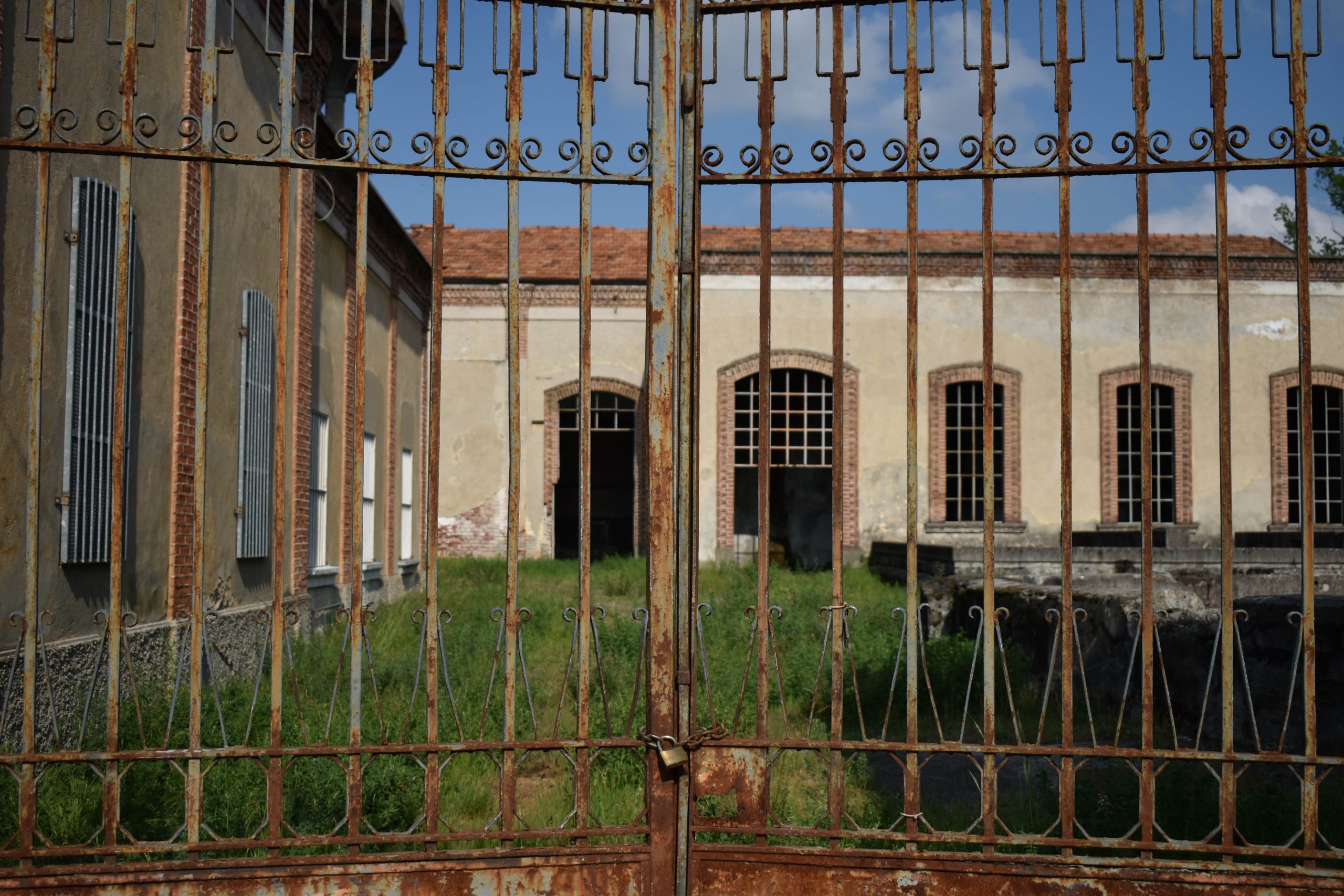
It wasn’t a real end, though. With the closing of the factory the physical work ceased in Crespi d’Adda, leaving room for the mental one. The local association and the museum began to promote sustainable tourism in the area through a series of activites for schools and tourists, networking, and also joining Eropean projects like TExTOUR. At the same time, the younger generation is thought to care about their heritage and what it means to live in a UNESCO site.
This may not be the epilogue Cristoforo Benigno Crespi imagined for his dream, however his legacy is still alive in Crespi d’Adda. Dragged into the XXI Century by the unpredictable flow of time.
